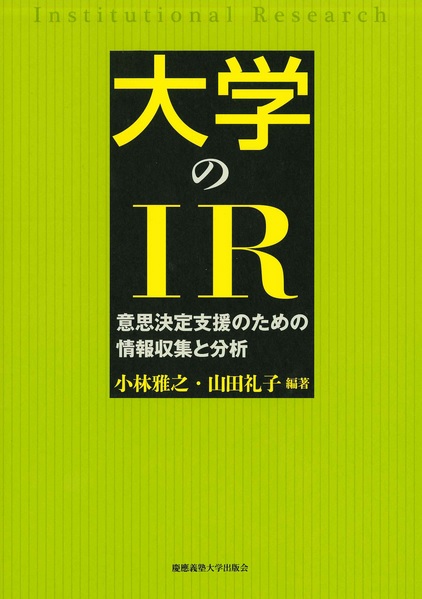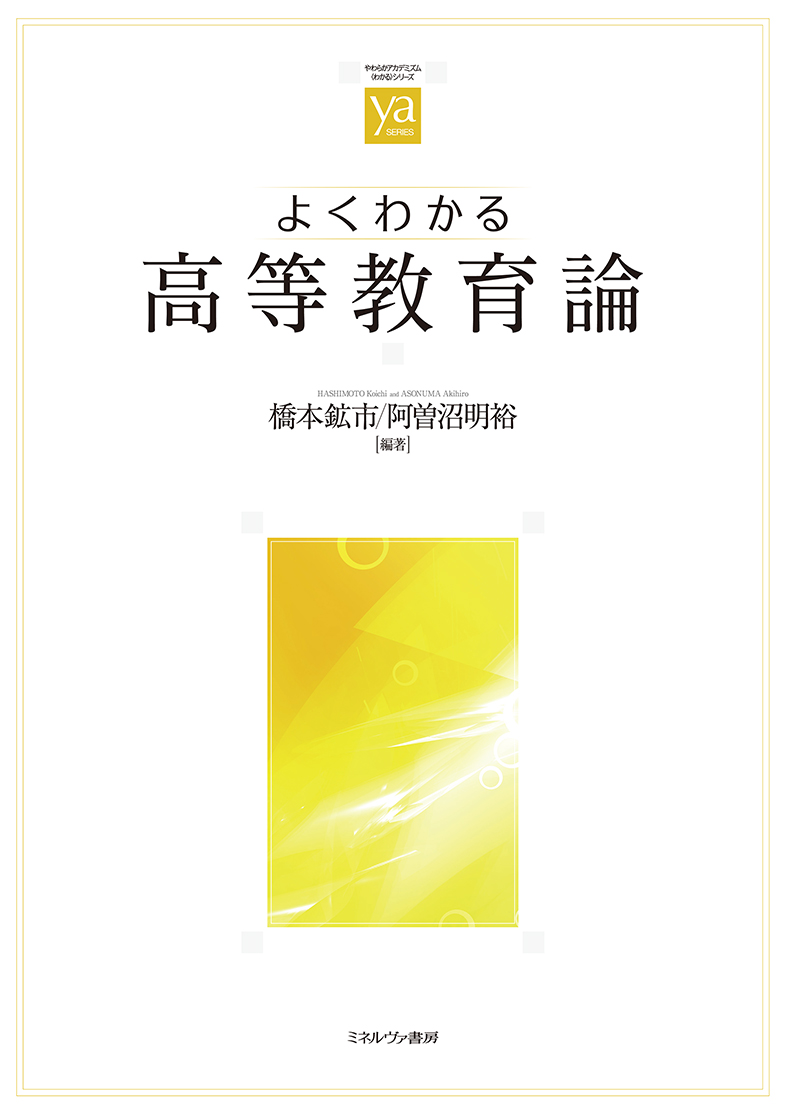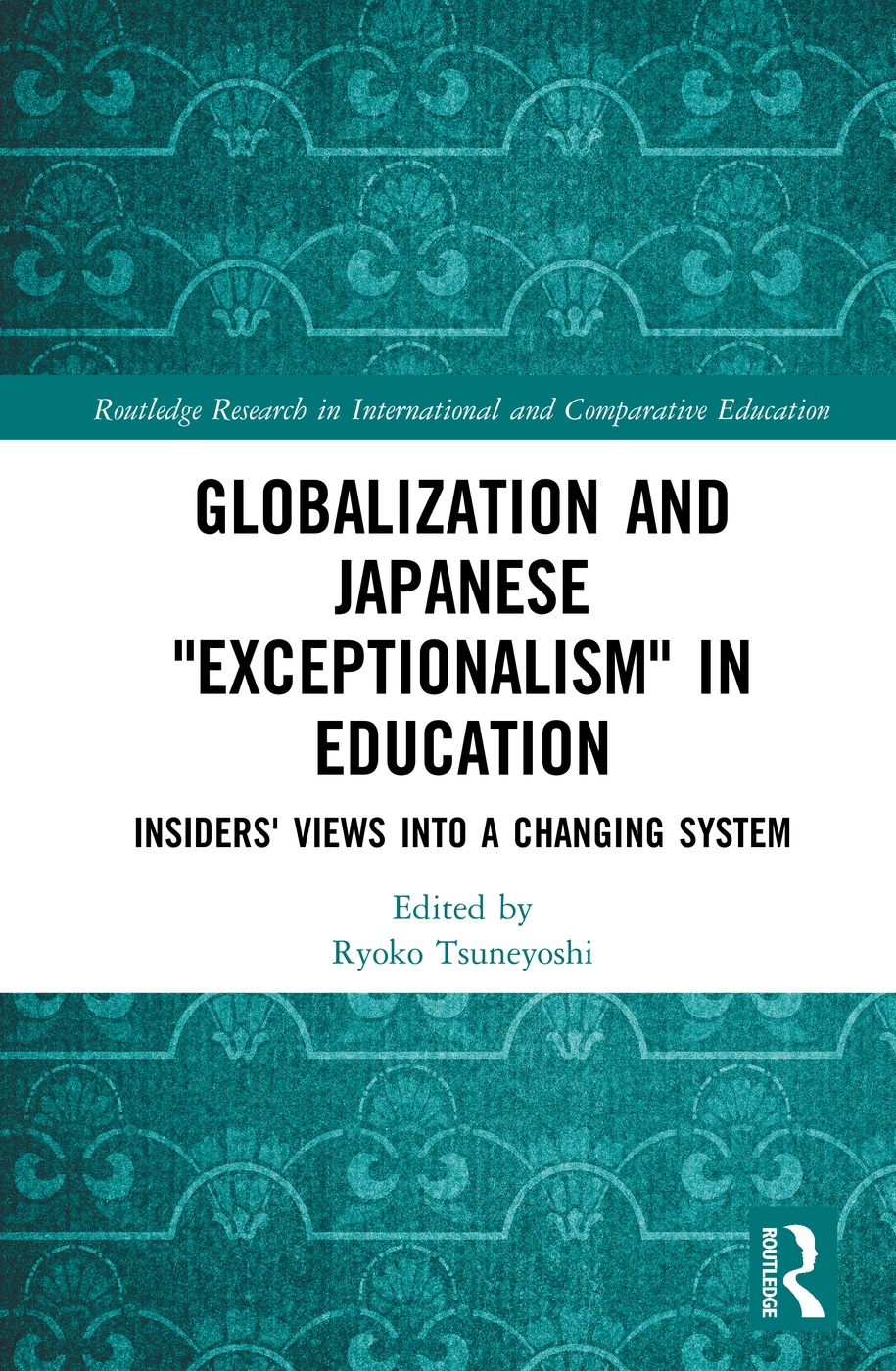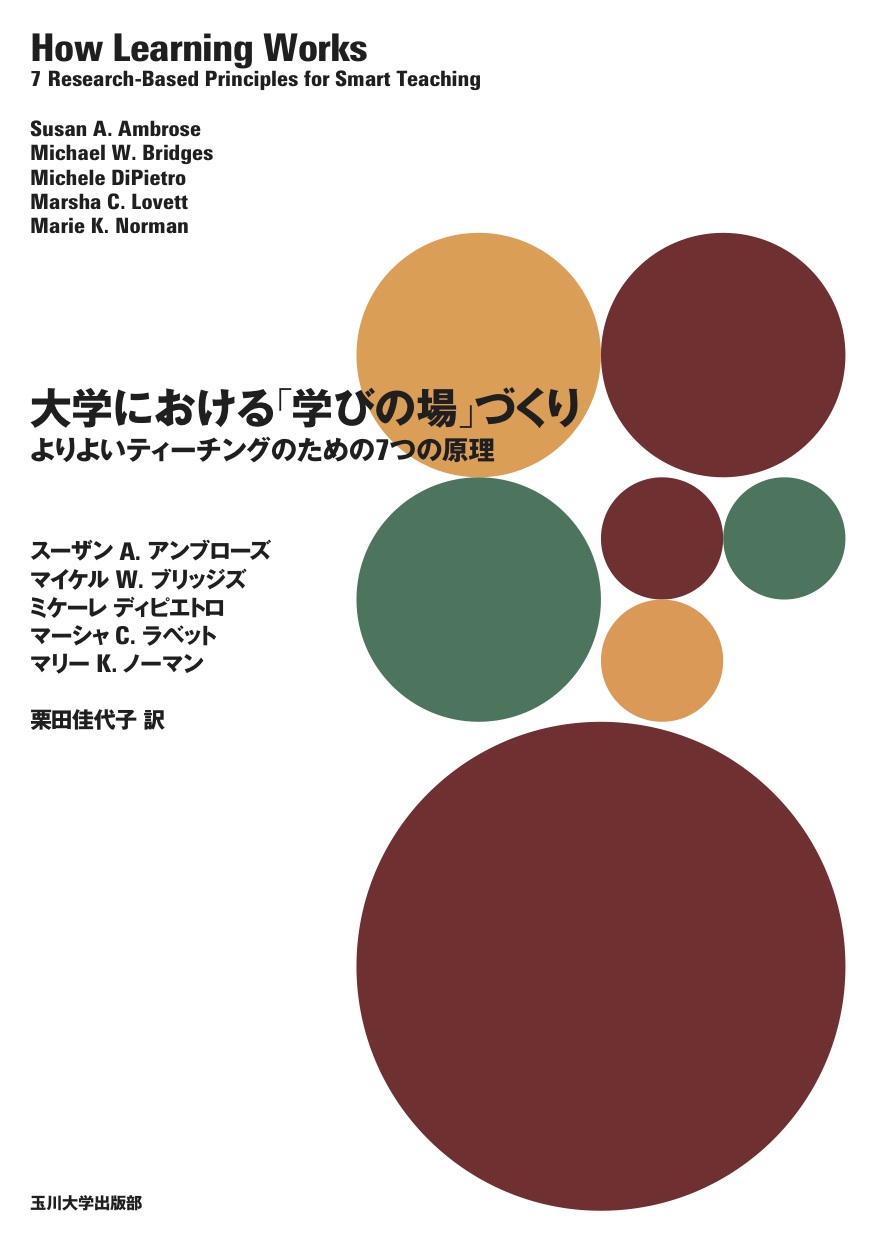
Title
Daigaku no IR (Institutional Research: Information Gathering and Analysis Towards Better Decision-Making)
Size
212 pages, A5 format, softcover
Language
Japanese
Released
April 25, 2016
ISBN
978-4-7664-2279-5
Published by
Keio University Press
Book Info
See Book Availability at Library
Japanese Page
Institutional research (here below "IR") is an area of work conducted at universities in the U.S. since the 1960s. In a narrow sense, one might describe it as merely data collection and analysis, however a broader understanding shows that it supports decisions made by the institutions themselves based on data analysis. It should be noted in particular that its aim is to indicate the university goals, by applying concrete evidence to clarify a school’s strengths and weaknesses. It has become considered an essential part of colleges, and an IR network has emerged, in addition to academic investigation of IR itself.
Even Japanese colleges have turned their attention to IR in recent years. This book compares the situation in Japan with that in the U.S. with regard to university quality assurance, enrollment management, student research, institutional information disclosure, institutional benchmarks, strategic planning, and fiscal planning. By clarifying these areas through statistical analysis, the book strives to provide a foundation of knowledge to aid Japanese colleges in their IR development.
Based on the findings of the research (“Investigative Research into the Present State of IR in Universities”) conducted in January 2015 targeting national, public, and private universities in Japan, which was commissioned by the Promotion Fund of Leading University Reform of the Ministry of Education, Culture, Sports, Science and Technology, this book describes the present situation of IR and issues surrounding it in Japanese institutions of higher learning. This research was undertaken from an assumption that IR has been implemented in Japanese universities, even if they did not use the term “IR” or the implementation was not intentional. As a result, many universities have already carried out IR work, and IR offices (or departments) have already been established at more than 20% of the schools around the country. Having said that, their purpose was to establish such an office or department and there is a wide lack of sufficient study and understanding of what a school should seek from IR and how it should go about setting up an IR office or department. Consequently, when those working in IR at universities try to do their job, they are often run up against walls, unable to do exactly what they intend, and thus they face questions in terms of the necessity of their work.
There does seem to be progress in the appreciation by university administration of the need for IR and a designated office or department for IR, especially in the interest of having a framework for gathering all the information regarding the university. Nonetheless, schools are still trailing in know-how with regard to constructing databases for this information as well as management oversight of IR.
While there are in fact efforts budding in response to this issue, through the use of the kinds of IR networks that are already on the rise in the U.S., they are still in their very early stages. Thus, a promising future for IR in Japanese institutions of higher learning is no foregone conclusion. In particular, although there are many young researchers working in IR survey analysis, it is still by no means an assured career path in this country.
It is not that IR in the U.S. has always seen smooth sailing, but after a long history of repeated trial and error, it has finally become an established entity in the academy. Japanese universities should look to that history for the solutions to the problems they face today. It is the stance of this book that the state of IR in the U.S. is certainly not ideal, and that it would not take root here if Japanese universities were to import it wholesale. Hence, this book employs a broad scope in making the material easily understood to those new to IR; explaining the basic concepts and their conceptual developments, as well as how to apply both its basic tools and its approach to strategic and financial planning.
(Written by KOBAYASHI Masayuki, Professor, Center for Research and Development of Higher Education / 2018)
Related Info
Full-colored charts and related URLs etc. (Keio University Press)
http://www.keio-up.co.jp/kup/sp/uir/



 Find a book
Find a book


 eBook
eBook

